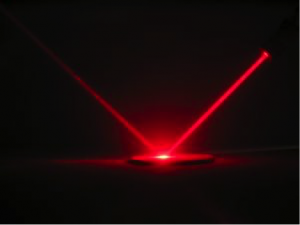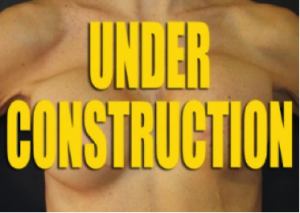Scarring on the body is a fact of life that impacts almost everyone. Sometimes the scars are caused by a simple accident while other scars are a result of abnormal wound healing. Is there an effective way to treat excessive scars that are a result of abnormal wound healing? The answer is “yes” and the solution is laser therapy according to an article in the December 2013 issue of Plastic and Reconstructive Surgery. The magazine is the official medical journal of the American Society of Plastic Surgeons.
 The article focuses on Dr. Qingfeng Li of Shanghai, China and her research on using laser treatment on hypertrophic scars. Dr. Li supports the use of lasers on hypertrophic scars but not necessarily on keloids. The difference in the scars is this: Hypertrophic scars are limited to the area that was initially injured while keloids have been known to spread beyond the area that was first injured. Also, keloids are more common in individuals with darker skin. What they do have in common is abnormal tissue responses that can result in areas with raised scarring that need to be addressed by cosmetic surgery.
The article focuses on Dr. Qingfeng Li of Shanghai, China and her research on using laser treatment on hypertrophic scars. Dr. Li supports the use of lasers on hypertrophic scars but not necessarily on keloids. The difference in the scars is this: Hypertrophic scars are limited to the area that was initially injured while keloids have been known to spread beyond the area that was first injured. Also, keloids are more common in individuals with darker skin. What they do have in common is abnormal tissue responses that can result in areas with raised scarring that need to be addressed by cosmetic surgery.
Dr. Li, along with her colleagues at Shanghai’s Ninth People’s Hospital, analyzed a number of studies previously conducted on laser treatment for abnormal scarring. A majority of the studies focused on treating hypertrophic scarring with laser therapy. The remaining handful of studies focused on the treatment of keloids.
The data from the patients studied showed a very good laser treatment success rate. In fact, the success rate was around 70% for both types of scarring. Two specific lasers provided the best treatment responses: The 532-nm (nanometer) laser and the 585/595-nm pulsed-dye laser. Some studies showed if a patient is undergoing multiple laser treatments, the optimum time between treatment sessions is 5-6 weeks.
It should be noted that Dr. Li and her colleagues do not claim their research is the definitive word on the subject. They call for further research of laser therapy treatments. Interested in learning more information about their research? A good article about Dr. Li’s study on laser treatment for scars can be found here.

 The risks associated with breast reconstruction surgery depend on the method used by the surgeon. It’s important to remember that, in general, there will be swelling, bleeding, infections and maybe some anesthetic complications. Implant-based reconstructions may result in capsular contracture (AKA scar tissue formation) while flap reconstruction may lead to problems related to wound healing. The overall health of the patient must also be considered as healthy patients are more likely to suffer fewer complications compared to the not-so-healthy ones.
The risks associated with breast reconstruction surgery depend on the method used by the surgeon. It’s important to remember that, in general, there will be swelling, bleeding, infections and maybe some anesthetic complications. Implant-based reconstructions may result in capsular contracture (AKA scar tissue formation) while flap reconstruction may lead to problems related to wound healing. The overall health of the patient must also be considered as healthy patients are more likely to suffer fewer complications compared to the not-so-healthy ones.